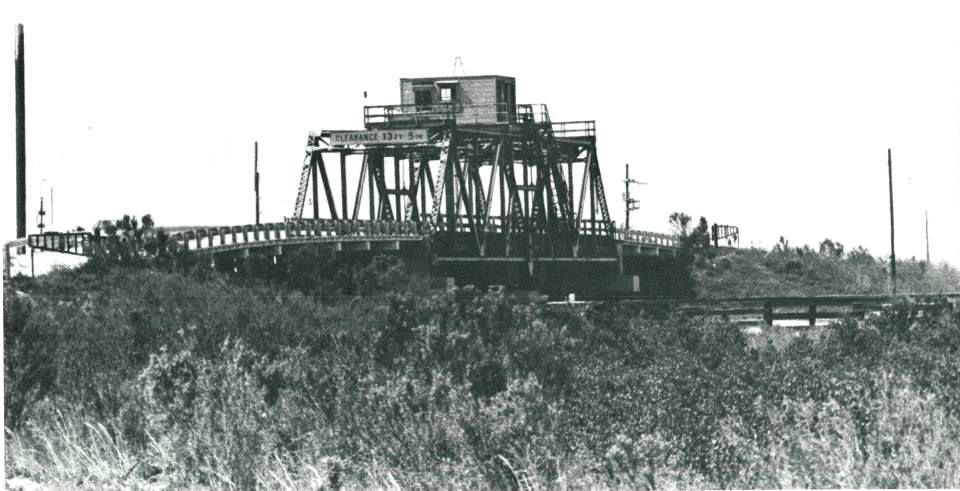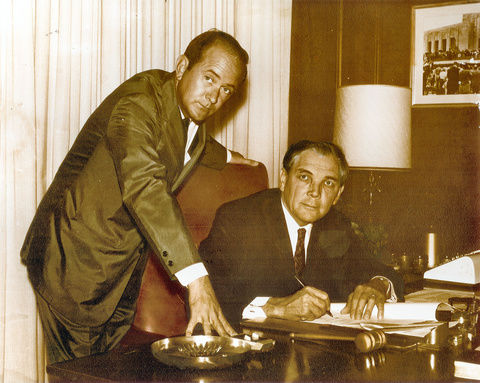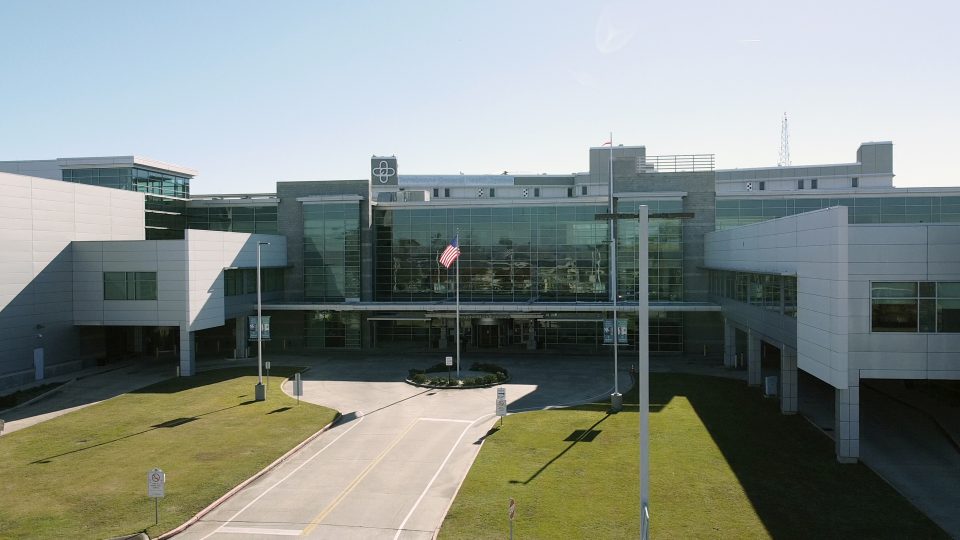
Life outside of the system … Remember Orange City? A town killed by erosion
June 7, 2016LHSAA may be seeing its end
June 7, 2016South Lafourche Levee District General Manager Windell Curole knows that any levee can be topped by the perfect storm.
“Sometimes, you just can’t avoid it,” he said. “Katrina for example – she would have topped us. No system is perfect. Any system you have in place can get beaten. We know that.”
So instead of trying to defeat the perfect storm, Curole’s efforts over the past several decades have been to maintain a levee that can withstand all the imperfect storms – the Category 1 and 2 hurricanes that often threaten our shores.
Following those guidelines, Curole can promise that Lafourche is about as safe as it has ever been. He can also assure citizens that non-stop work is being done to make the parish’s giant earthen wall even bigger.
It’s called the ring levee system, and it’s been a local leader in storm protection over the past several years – a system that has not been overtopped during any of the storms in the past few decades.
Funded in part by tax dollars, Curole said Lafourche’s system isn’t invincible, but is proof that if people rally together around a common goal, great things can happen.
“When a storm comes, there are a lot of areas on the coast that need to be lucky to avoid flooding,” he said. “We’re the opposite. We’re almost to the point where we need to be unlucky to flood. … There’s so much work that’s been done. There’s so much dirt that’s been laid. You can see the thing from space, which is pretty cool, too. But really, truly, we’re just trying to protect people’s homes and businesses. We’re looking ahead every day to how we can get better and how we can best protect our people.”
The Lafourche system is unique, because of its shape and its sheer girth.
The ring levee is a giant circle-shaped wall of dirt that surrounds an entire segment of the south Lafourche area like a fence – hence the name ‘ring levee’.
It started in the 1960s by local leaders and concerned citizens who were tired of seeing their community flooded by surging water in storm events.
The parish’s levee board formed in 1968. Shovels of dirt were not laid down on the new system until 1976.
But since that time, work has been constant and Curole has been at the controls for a lot of the action, dating back to his start in the early 1980s.
Prior to the current system, Lafourche Parish’s Police Jury had created a wall, which was between three and five feet – enough to endure rain events, but not enough to stop storm surges.
In 1985, Hurricane Juan did $35 million in damage to Lafourche, overtopping all of the parish’s drainage levees. The ring levee project was started at that time, but not completed, which allowed the flood waters to come in.
But none of the levee district’s wall was overtopped, which lessened the damage.
“That was sort-of an eye-opener,” Curole said.
Since that time, more storms have passed through, and each time, the ring levee has gotten bigger and has become a more formidable foe.
In 1992, it endured Hurricane Andrew without issue.
It also has withstood hurricanes Katrina, Rita, Gustav and Ike – all without a drop of flood water topping over the system.
Today, the levee is fully enclosed and is massive. It covers more than 48 miles of land (439,000 acres). The system has a universal height of about 16-feet on the south end (toward Golden Meadow). On the northern-most end, everything is about 12 feet or more.
The levees are covered with grass, which helps ensure that they are not swept away when a surge hits.
The system is a model for local storm protection – one that Terrebonne and other local parishes have mirrored.
“To look at how far things have come, it’s really remarkable,” Curole said. “We don’t spend much time looking back because we’re always looking forward, but it’s really pretty amazing how this has all come about.”
“Lafourche’s system has sort-of been a model we’ve all wanted to follow,” added Reggie Dupre, the executive director of the Terrebonne Levee and Conservation District. “The work that they’ve done there is impressive.”
And it’s getting better and larger by the day.
Curole said over the past year or so, about 25 percent of the levee has seen tweaking with elevations being lifted on both the north, east and west ends of the levee.
Some elevation hikes have been small – a few inches or a foot. Others have been bigger, taking some reaches of the system higher than it’s ever been.
“We continue to improve every day – that’s our goal,” Curole said. “Some of the levee has been raised by as much as five feet. We really don’t have any super low areas anymore. We’re better today than we were yesterday and that’s what we strive for. We enter this hurricane season knowing we’re a lot better off than we were last year.”
Curole said the future looks promising, too, with levee work continuing and coastal restoration dollars from the BP oil spill settlement going toward restoration projects.
But even if dollars weren’t abundant, it wouldn’t matter much to Curole, nor his people. Their motto is and has always been – to keep playing the hand that’s dealt, no matter what it is.
“It’s a chess match,” Curole said. “The name of the game is to be able to hold on long enough to be safe until the wind changes direction and the water retreats. Every piece of dirt helps. Every inch helps. Sometimes the money we’d like isn’t present. But we push forward and do what we can at all times, because every little bit helps – especially when it comes to protecting lives and the people in this area.” •
On June 2, 1970, U.S. Rep. Richard Guidry (left) and Gov. John McKeithen signed documents that put the South Louisiana Tidal Water Control Levee District into existence.













